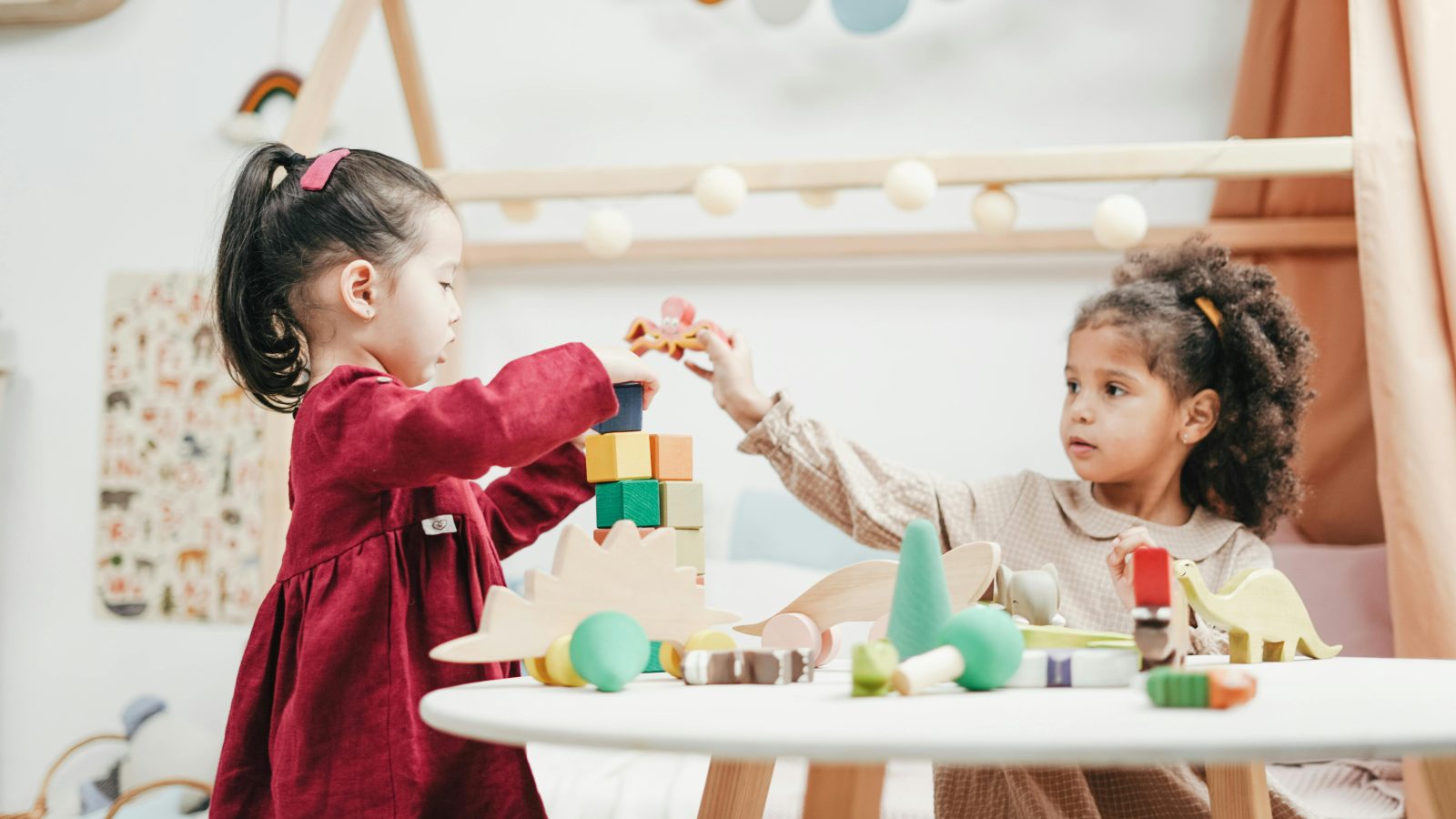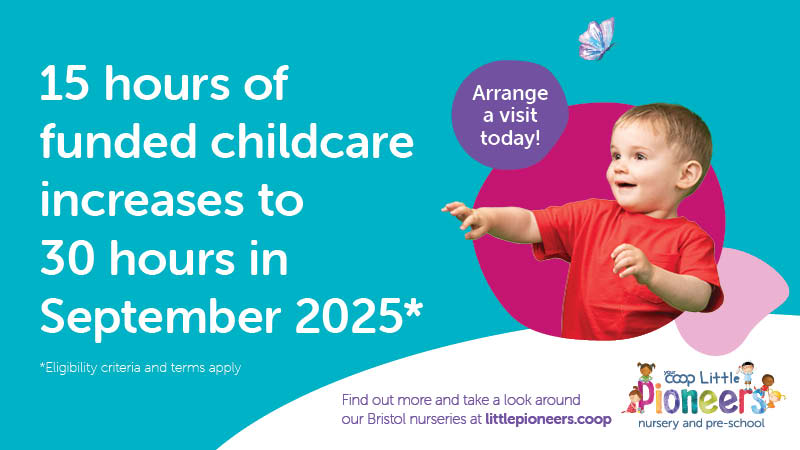News / Advertising Feature
Understanding the similarities and differences between day care and Montessori
One of the most important decisions parents make is choosing a nursery for their child. Nurseries are not just a place for children to play and make friends, they’re a place for them to develop, learn and grow. A good nursery can be the foundation of a child’s early education.
Among the many types of nurseries, traditional day-cares and Montessori programs are very popular options. Which type is better? How do you choose? While no choice is “better” than the other, both approaches offer similar benefits while still being distinctly different.
To help you decide, we’re breaking down the similarities and differences between the two types of nurseries. We’ll help you to make an informed choice that’s in the best interest of your child.
Similarities between day-care and Montessori
While there are significant differences between traditional play-based day-cares and those offering a Montessori approach to education, there are also many similarities.
First, and most importantly, both types of nurseries prioritize the well-being of children by providing safe, nurturing environments led by caring adults. Each is focused on the happiness of children and encourages them to grow socially, emotionally, and mentally. This includes everything from learning to share to building confidence through small, daily successes.
Beyond well-being and safety, both day-cares and Montessori programs offer fun and educational activities for children to develop cognitive skills.
Does this mean they are solely focused on academic attainment? Absolutely not! They also both offer plenty of time for independent and group-based play. This helps them to cultivate skills of problem-solving and collaboration.
Within each type of nursery, there are ample opportunities for kids to build relationships and socialize with other children and adults. These interactions allow children to practice the many social skills they will need once they enter their next stage of schooling.
Key differences between day-care and Montessori
Even with multiple similarities, there are also key differences between the two types of nurseries.
Learning philosophies
Typically, day-cares focus on cognitive development through adult-directed activities, alongside some open-ended, play-based learning. These activities, usually centred around a particular theme or topic, are group-based and the same for every child. They are decided in advance by the adults and often include specific timeframes for children to complete them.
In general, day-cares are also highly structured based on schedules and routines. The adults determine these routines, and they will be the same for every child. For example, the day may always start with “circle time,” and a story will always be read before lunch.
On the other hand, Montessori methods prioritize the development of the whole child. They do this by ensuring they recognize and support intellectual, physical, emotional, and social development. These environments prefer a child-led, individualized approach to education, where children “learn by doing.” How does this help? It encourages independence and self-regulation.
In contrast to traditional day-cares, Montessori schools have more loosely structured schedules and routines. Children move freely within their environments and choose what they want to do. They play and learn at their own pace. Teachers act as guides who observe and only provide support when needed.
Learning environments
Traditional day-cares are often organized by age and are very bright and colourful. They usually feature popular cartoon characters and other exciting decorations. You will also notice they are fairly noisy and pretty busy with the buzz of children playing and interacting. The shelves will include lots of fun, age-appropriate toys, activities, and puzzles. It’s also likely that the room will be divided into stations, like art, reading, building, sensory, etc.
Montessori classrooms, which are often mixed age, are quite different from their traditional day-care counterparts. Typically, learning environments in Montessori settings are quieter and calmer because children are highly focused. They also feature neutral colour schemes that are brightened by the children’s artwork. You won’t find exciting cartoon characters or overstimulating colours and decorations. While there will be plenty of toys to choose from, these toys will have been handpicked by the teachers to ensure they are purposeful and educational.
Making the choice
So, how do you choose? While traditional day-cares and Montessori programs offer different things, neither is inherently better. It all depends on what you’re looking for and what your child needs.
- To make the best choice for your family, we recommend the following:
- Visit the nurseries that you think are most suited to what you are looking for.
- During your visit, take note of the quality of the relationships by observing how the adults interact with the children, as well as each other.
- Check out the learning environments. Which are you more drawn to? Which gives you a better feeling? Which one can you envision seeing your child succeed?
- Still not sure? Check if the nurseries offer a trial session or taster day to see which environment your child prefers.
Other considerations:
- Cost and availability: The nursery you choose needs to have availability for your child and must fit your budget.
- Location: Ensure the nursery is conveniently located for pick-ups and drop-offs.
- Language of instruction: Think about whether you want a nursery that primarily teaches in one language or a multi-lingual setting.
- Food: Check the quality of the meal service offered. Will the nursery be able to cater to any dietary restrictions? Would you prefer your child to eat seasonally from local suppliers?
No matter what, the best nursery is the one that supports your child’s individual needs and aligns with your family’s values. By considering these factors, you will be able to choose the right day-care or Montessori that offers a safe, nurturing environment for your child to succeed and thrive.
Main image by Cottonbro Studio





















